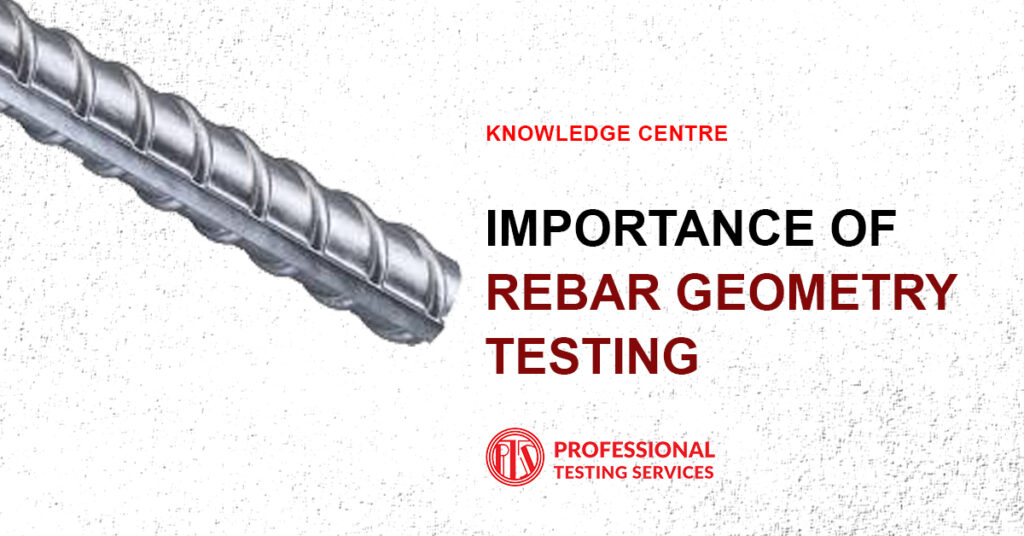
What Is Rebar?
Rebar, a reinforcing bar, is a steel bar used to reinforce concrete structures. The ribs at the outer surface of the bar improve the bonding of reinforcement steel rods with concrete by mechanical interlocking with its unique twisted pattern. This makes it less likely for the bars to slip once they have been set in the concrete and create stability.
The rib geometry around the rebar has the significant impact in bonding reinforcement steels to concrete. The greater the surface area of the rebar in contact with the concrete, the stronger the bond between the two materials will be.
Importance of Ribs on a Reinforcing Bar
These ribs on the rebar play a critical role in reinforcing concrete structures by anchoring the rebar into the surrounding concrete and increasing the bond between the two materials. If the ribs’ size, shape, or spacing are not within specifications, the rebar may not provide the necessary reinforcement and could lead to the failure of the concrete structure.
Below are the following factors that show the importance of ribs on rebar:
Size
The rib size affects the bond between the rebar and the concrete. If the rib is too small, it may not provide enough surface area for the concrete to grip onto. That way, it will reduce the bond strength between the two materials. On the other hand, if the rib is too large, it can reduce the rebar’s cross-sectional area and strength.
Shape
The rebar must have deformations, such as ribbed or twisted sections of the specified size, and the ends must be cut square and free from burrs. If the ribs are not uniform in shape, the rebar may not be straight, which can affect its performance in the structure.
Number of Ribs
If the number of ribs is higher, the rebar may be adequately anchored in the concrete, which can result in reduced bond strength. On the other hand, if the number of ribs is too high, the ribs may interfere with the placement of concrete around the rebar, which can also result in reduced bond strength.
Configuration of transverse and longitudinal ribs
The ribs can be longitudinal or transverse and are shaped, spaced, and inclined according to the specification requirements from adopted standards.
Research stated that as the rib inclination angle is closer to 90° to the longitudinal axis, the slip effect is reduced, thereby increasing bond strength. The more perpendicular the rib is to the longitudinal axis, the higher the bond strength.
Importance of Rebar Geometry Testing

Our testing team will visually inspect the sample of your rebar to check on the ribs’ geometry. This method can be used to check for the size, shape, no. of ribs, and configuration of transverse and longitudinal ribs.
Rebar geometry testing is a crucial aspect of the construction industry. With our experience PTS testing team, we can ensure that your rebar samples have the strength and durability to withstand the forces they will be subjected to.
Rebar geometry testing is essential in ensuring the safety and longevity of reinforced concrete structures, making it a highly valuable investment for your construction project. Talk to us today for more information.









